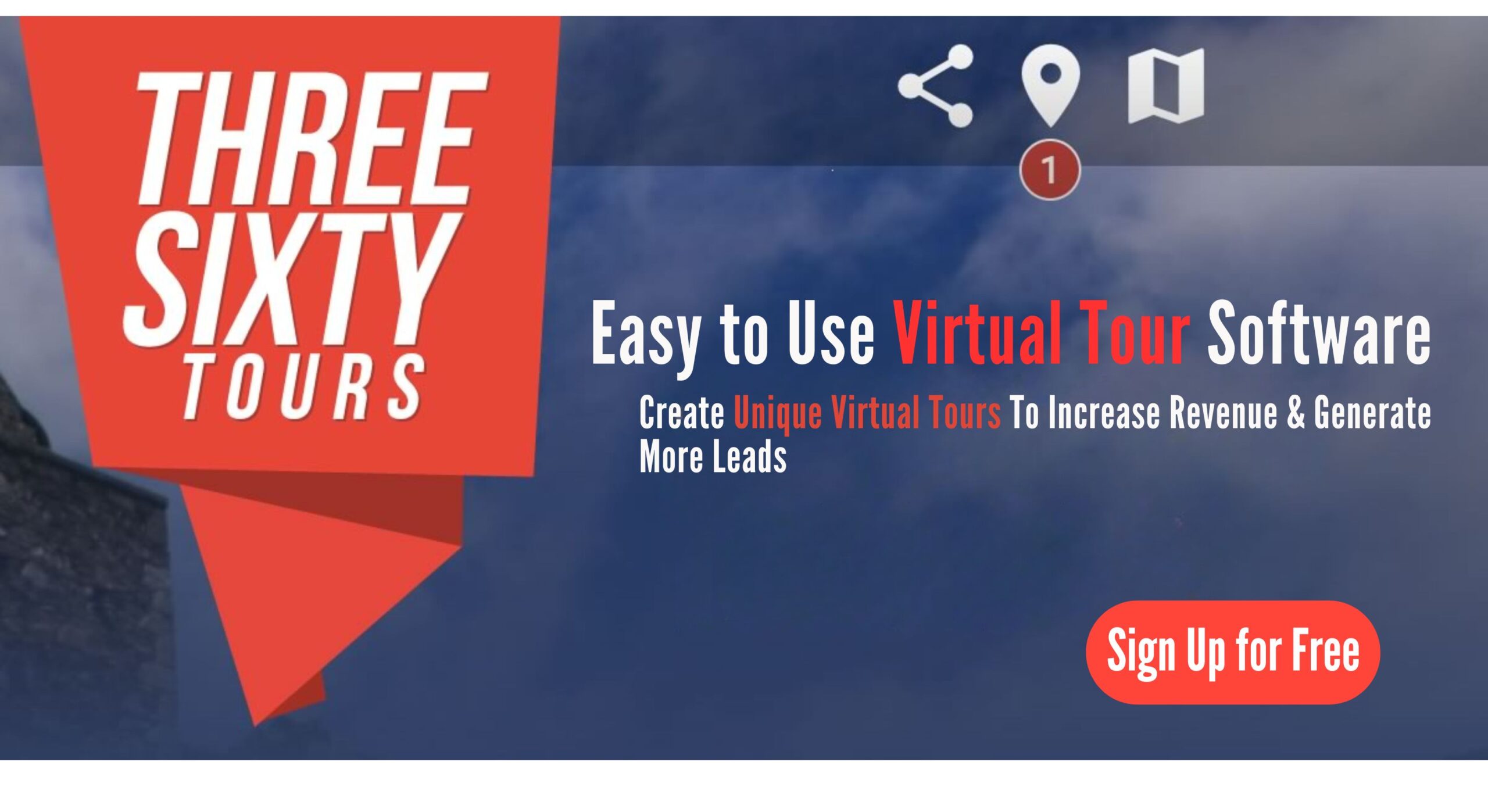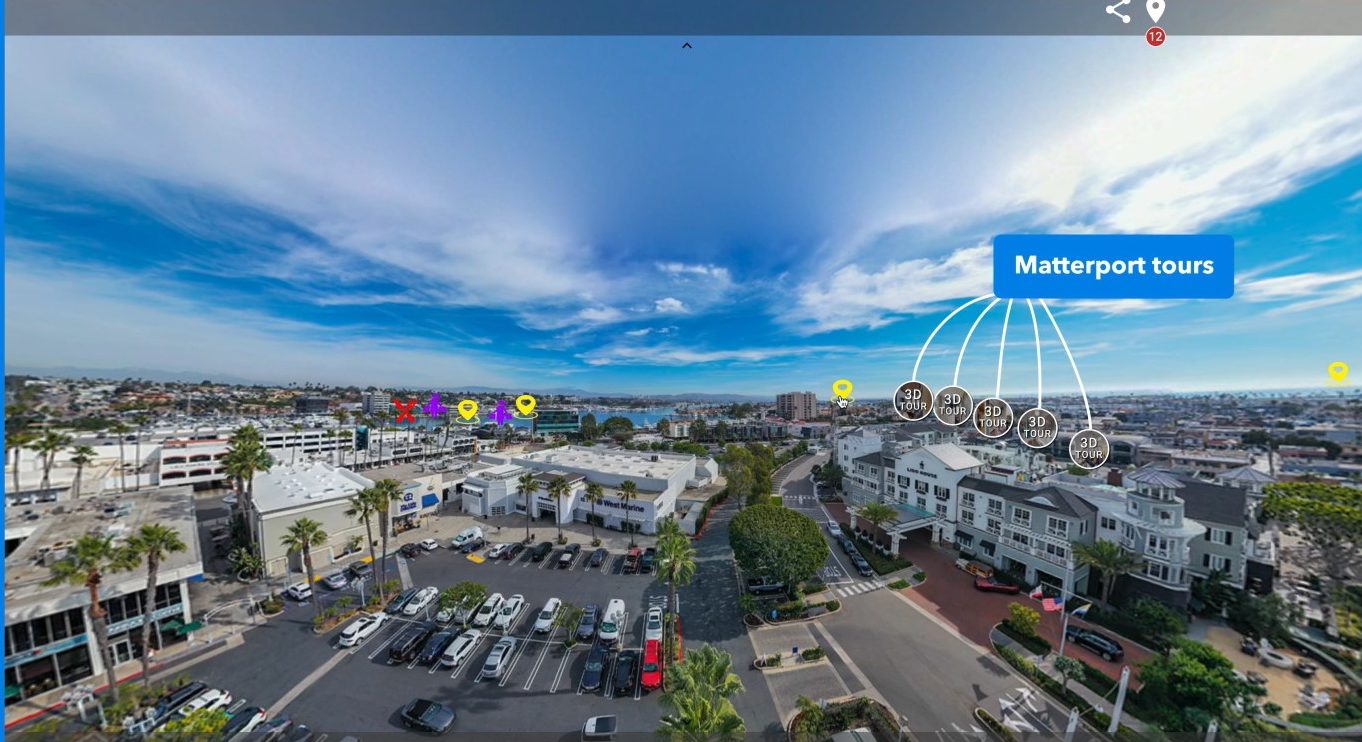virtual tours 360 camera
Virtual Tours with 360 Camera: A Complete Guide for Photographers and Real Estate Agents
In today’s digital-first world, immersive content isn’t just a nice-to-have—it’s essential. Virtual tours created with 360 cameras are changing the game for real estate agents, photographers, and businesses. Whether you’re a photographer looking to expand your services or a real estate agent wanting to give your listings a competitive edge, learning how to create stunning virtual tours with 360 cameras is a must. In this complete guide, we’ll break down how 360-degree technology works, how to create engaging virtual tours, and why platforms like www.threesixty.tours are perfect for hosting and sharing your immersive content.
II. Understanding Virtual Tours
A. Different Types of Virtual Tours
Virtual tours aren’t one-size-fits-all. Here are a few popular types:
- Real Estate Tours
These are the most common use of 360 tours. Agents use them to show off homes online, helping buyers explore properties without scheduling a showing. - Museum and Art Gallery Tours
Museums use virtual tours to make exhibits accessible worldwide. These often include clickable hotspots, voiceovers, and zoomable artwork. - Travel and Tourism
Hotels, resorts, and destinations use 360 tours to attract visitors. A panoramic view of a beach or hotel suite can help seal the deal for a potential guest. - Education and Training
Schools use them for virtual campus tours. Businesses use them for onboarding, safety training, and process walkthroughs.
B. Why Virtual Tours Matter Now
The demand for virtual experiences has exploded—especially since the pandemic. People expect to explore spaces remotely before committing to a visit.
Here’s why virtual tours are so powerful:
- Better User Experience
Users can control their journey, exploring what they want, when they want. It’s far more engaging than flipping through photos or watching a video. - More Accessibility
Virtual tours are available 24/7. They’re perfect for reaching people in different time zones or with mobility limitations.
For real estate agents and photographers, offering virtual tours helps you meet modern expectations—and stand out from the competition.
III. Features of 360 Cameras
A. How They Work
360 cameras use multiple lenses—usually fisheye—to capture everything around them. The camera’s software then stitches these images into a single, immersive photo or video.
Some cameras do this stitching automatically. Others let you use editing software for more control. Either way, the result is a smooth, panoramic image that feels like you’re standing inside the scene.
Compared to traditional cameras, 360 cameras give you a complete view, not just a snapshot. That’s what makes them perfect for virtual tours.
B. What to Look For in a 360 Camera
Choosing the right camera depends on your needs. Here are the key features to consider:
- Resolution
Higher resolution means clearer images. Look for at least 4K video and 18MP stills for professional-quality tours. - Portability and Ease of Use
Lightweight, compact cameras are easier to carry and set up. User-friendly controls are a must, especially if you’re just starting out. - Software Compatibility
Check what editing tools come with the camera. Some models offer apps for quick edits, while others work with pro software like Adobe Premiere Pro, PTGui, or Kuula. - Connectivity
Features like Wi-Fi, Bluetooth, and cloud syncing make it easy to transfer and upload your work. Some cameras even support live streaming.
Want to simplify your workflow? Use a platform like www.threesixty.tours to upload, organize, and share your tours quickly and professionally.
IV. Creating a Virtual Tour with a 360 Camera
A. Plan Before You Shoot
Great virtual tours start with planning. Here’s how to set yourself up for success:
- Choose the Right Location
Pick spaces that benefit from exploration. In real estate, this could be a home’s living room, kitchen, and backyard. For businesses, it might be a storefront or office. - Map Out the Tour
Decide the path users will take. What do you want them to see first? Are there special features worth highlighting? Use a simple storyboard to guide your shoot.
B. Capture High-Quality Images
Once you’re on-site, follow these tips for the best results:
- Shooting Tips
• Use a sturdy tripod to keep the camera still.
• Place the camera at eye level for a natural perspective.
• Avoid standing too close to walls or mirrors to prevent distortion. - Lighting and Composition
• Shoot during the day for natural light.
• Turn on all lights indoors to brighten the space.
• Use HDR settings if your camera supports it to balance shadows and highlights.
C. Edit and Enhance Your Tour
After capturing your shots, it’s time to polish them:
- Stitch and Edit
Use software to stitch the images together. Adjust brightness, contrast, and color to make the space look its best. Tools like Adobe Lightroom and PTGui are great for this. - Add Interactive Features
Make your tour more engaging by adding:
• Labels and hotspots to highlight features.
• Ambient music or voice narration.
• Navigation arrows to guide users through the tour.
Platforms like www.threesixty.tours make it easy to upload your tour, add custom elements, and share it with clients or the public.
V. Applications and Benefits of Virtual Tours
A. Where You Can Use Them
Virtual tours are useful in many industries:
- Real Estate
They help listings stand out and attract more interest. Buyers can explore properties online before scheduling a visit. - Hospitality and Travel
Hotels and resorts use them to showcase rooms, amenities, and nearby attractions. - Education and Corporate
Schools use them for campus tours. Companies use them for training, onboarding, and facility walkthroughs.
B. Why 360 Cameras Make Sense
Here are three reasons:
- Cost-Effective
Once you own the camera, creating tours is inexpensive. No need for expensive video crews. - Always Available
Virtual tours are live 24/7. That’s great for reaching clients in other time zones or countries. - Boost Engagement and Sales
Listings with virtual tours get more views and higher engagement. That often leads to faster sales and better closing prices.
For photographers, offering virtual tours can open new income streams. For real estate agents, it’s a way to impress clients and close deals faster.
VI. Conclusion
A. Key Takeaways
360 cameras and virtual tours are changing how we showcase spaces. They’re immersive, interactive, and incredibly effective.
We’ve covered:
- What virtual tours are and why they matter.
- How 360 cameras work and what features to look for.
- How to plan, shoot, and edit your own tour.
- The many ways virtual tours can benefit your business.
B. What’s Next for Virtual Tours?
As technology evolves, expect even more exciting features—like augmented reality, AI enhancements, and real-time collaboration. The future of virtual experiences is bright.
C. Ready to Get Started?
If you’re a photographer or real estate agent, there’s never been a better time to dive into virtual tours. Platforms like www.threesixty.tours make it easy to create, host, and share your tours with simple tools and professional results.
Don’t get left behind. Start creating immersive virtual experiences today and take your business to the next level.
Want to see how easy it is? Visit www.threesixty.tours and start building your first tour now.


